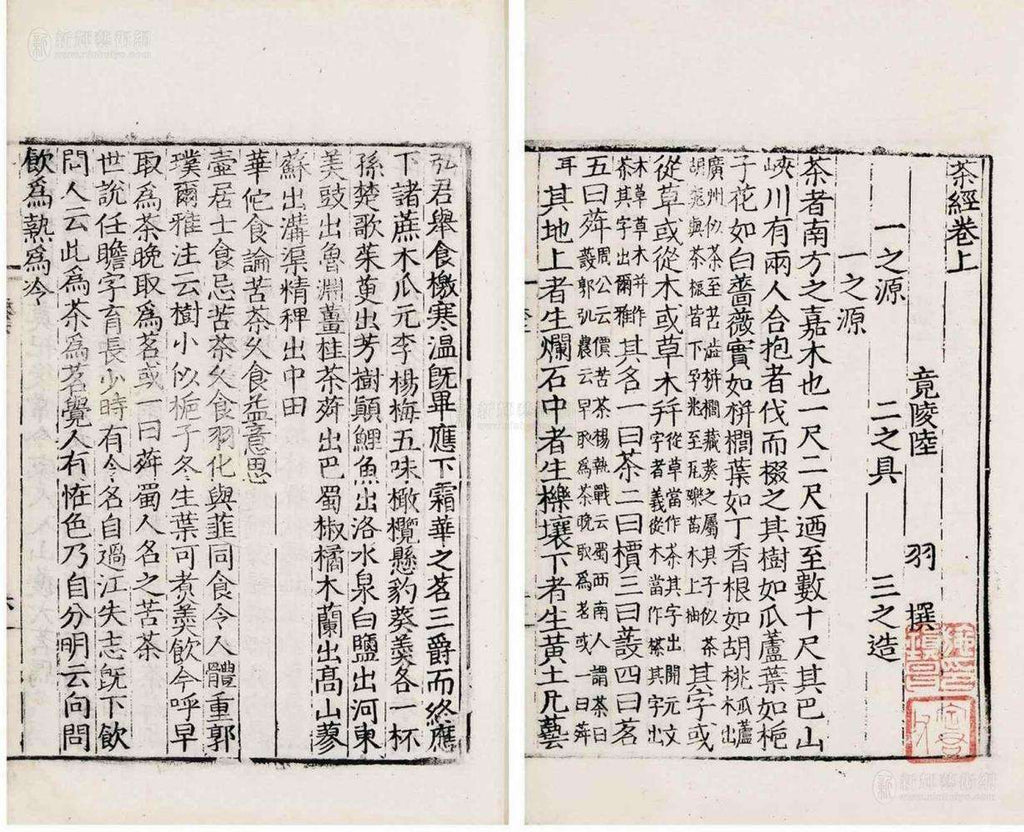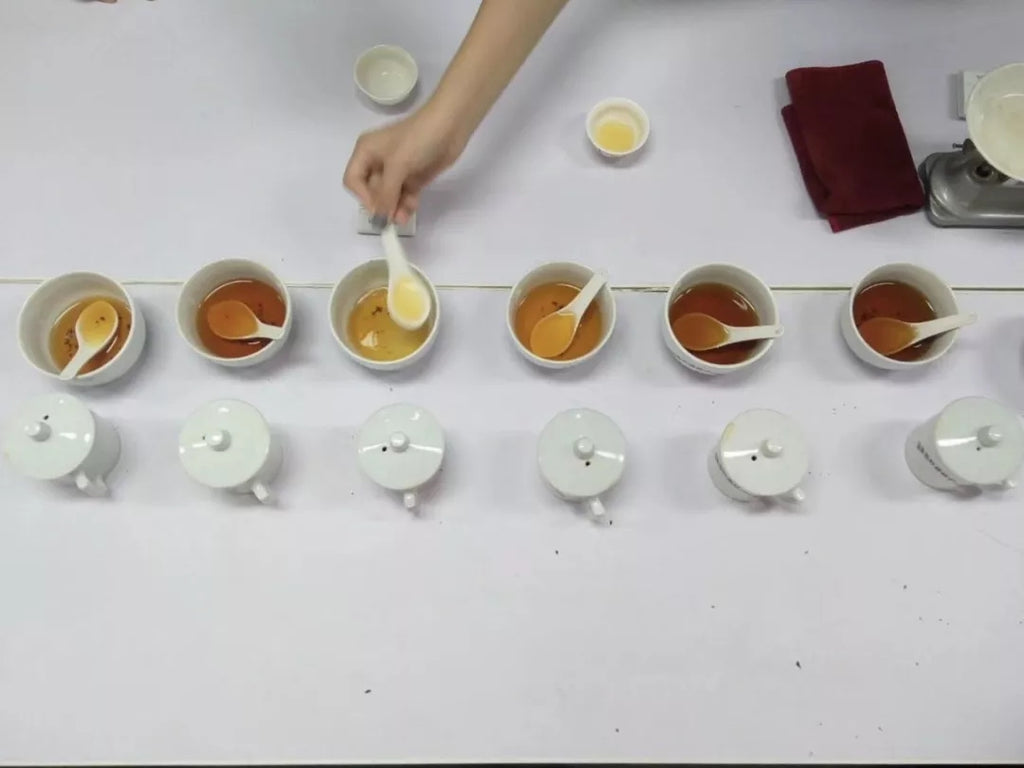
Water, essence of life and tea.
As far back as c.760AC, inside the world’s first book on tea, Classics of Tea, Lu Yu documented which water sources have the desired quality in his cup of tea.

Lu Yu is the first author to have detailed the way of tea in China c.760-790AC. In his book, he discusses origin of tea, provenance, variety, vessels, manners, and even down to details like how water should be boiled for making tea]
In his book on tea, Lu Yu says: “其水,用山水上,江水中,井水下”, which translates to: “For water, mountain water is the best, river water the second, and water from well is the least suitable.” He practically ranked the water sources according to their cleanness and crispness (see more about this in the link below).
Fast forward one thousand years, the principle of making sure the ‘correct’ water is used to make tea remains the first step of any tea tastings today. It is commonly known that the quality of water can enhance or drag down the natural taste of tea.
Incidentally, testing water before tea tasting remains part of tea rituals in Japanese Sado, where guests are served a small cup of freshly boiled water to ‘taste’ the water before proceeding to the tasting of matcha in silence. Experienced tasters will tell you how the water boiled using traditional Kama is so much better compared to modern kettle.
While a good quality water for making tea has many parameters and variables, one of the most important is the pH value of water.
> Read more discussion on water here
When the pH value of water is greater than 7, i.e. alkaline water, we often observe a phenomenon in tea where an oily film of waxy surface appear on the top of tea. This is waxy layer significantly influences the natural aroma and taste of a tea.
The alkaline water will cause oxidation of the flavonoids (the natural good stuff) contained in the tea, causing the tea liquor to become darker, and the taste will also lose its freshness and liveliness.

Making sure correct water is used for tasting is imperative to getting the tasting results right
Sometimes, the presence of too much ferric ions in water and insoluble inorganic tea material attached to aged tea also give rise to this phenomenon. Removing these unwanted material with filter is one option.
To extract the best naturally intended tea aroma, liquor colour, and taste of any tea, it is best to use pH neutral for the tasting experience.

